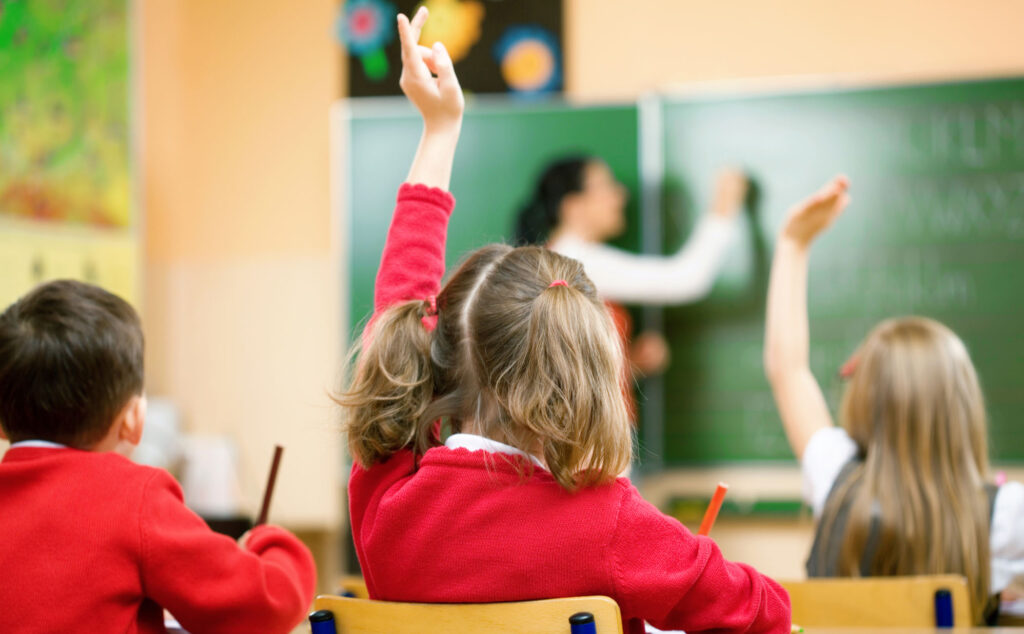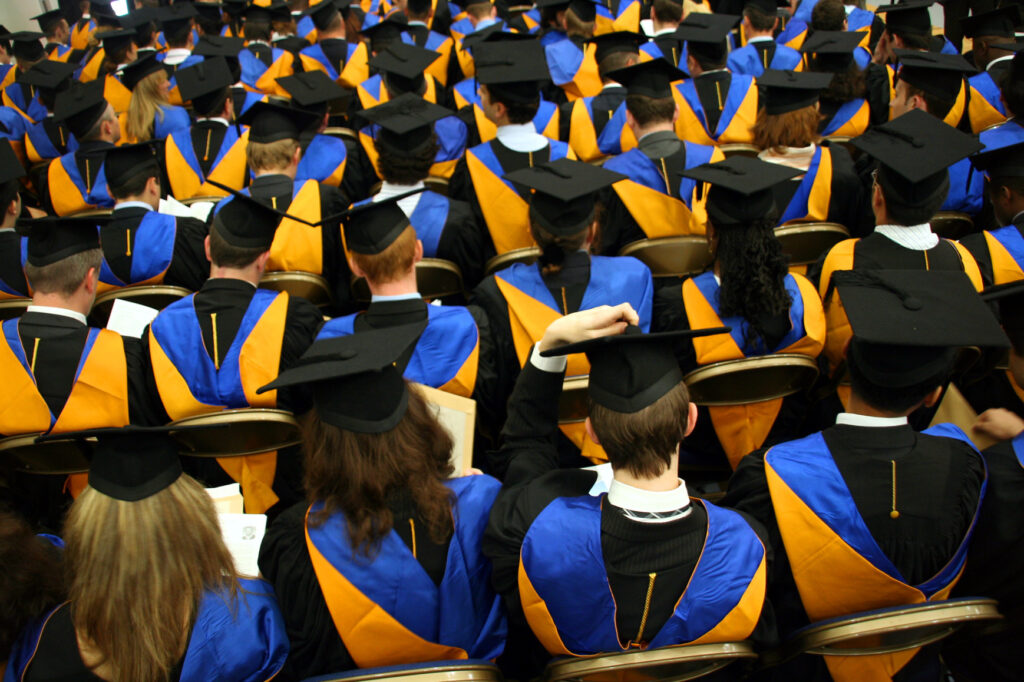
This Grade 2 Math course emphasizes base-ten notation, fluency with addition and subtraction, using standard units of measure, and describing and analyzing shapes. Upon completion of Acellus Grade 2 Math, students will be able to solve word problems; count on; add doubles and near doubles; make 10 and add a zero; change addends order; identify number patterns; add three numbers; count backwards; complete fact families; use addition to find differences; identify missing addends; identify the ones and tens place value; and write expanded form of numbers and number words to 100. Students will be able to convert to ordinal numbers; compare numbers using greater than, less than, or equal to; order numbers; round number to tens place; identify odd and even numbers; find patterns on hundreds chart; count by ten; add and subtract multiples of ten; regroup when adding and subtracting; record, add, and subtract two-digits; rewrite two-digit addition and subtraction; mentally add and subtract tens; estimate sums; and use a table. Students will also be able to use bar graphs, pictographs, and line plots; count, add, subtract, and use money; tell time to five and fifteen minutes; count minutes before the hour; identify a.m. and p.m.; identify solid and plane figures; identify, extend, and create patterns; find a pattern’s missing piece; identity and extend patterns that grow; estimate and measure length in customer U.S. units and in metric units; and name fractions that describe various equal parts of a whole.
Finally, students will be able to identify ones, tens, and hundreds place value; add, subtract, estimate, compare, order, regroup, and write expanded form of three-digit numbers; count by fives and tens; add and subtract multiples of 100; skip count; and multiply. Math games for grade 2 help you develop logic as an interactive experience.
Scope and Sequence
Unit 1 – Addition Facts IIn this unit students review addition. They discuss adding and counting on, and real-life applications of counting on. They are introduced to doubles facts, and they review doubles and near doubles. They also practice sums of two and three.
Unit 2 – Addition Facts IIIn this unit students learn about making a ten and adding a zero. They also study changing the order of addends and real-world applications of math facts. They practice addition word problems, adding three numbers, and sums of two, three, and four.
Unit 3 – Subtraction FactsIn this unit students review subtraction. They practice subtraction word problems, counting back, counting back and forth, and sums of two, four, and five.
Unit 4 – Addition and Subtraction IIn this unit students learn about using part-part-whole diagrams for addition and for subtraction. They study using addition to find differences, and they are introduced to identifying missing addends. They explore real-life applications of finding missing parts, finding the difference, and finding the missing number. They also practice sums of three, four, five, six, and seven.
Unit 5 – Place Value IIn this unit students investigate tens and ones, and come to understand place value. The learn about the expanded form of numbers, and number words to 100. They practice sums of five, six, and eight.
Unit 6 – Exploring PatternsIn this unit students learn to compare numbers, learn about rounding to the nearest ten and about counting by tens, and learn what odd and even numbers are. They study number patterns on hundred charts and skip counting by ten from any number, and they practice sums of two, six, seven, eight, and nine.
Unit 7 – Two-digit Addition IIn this unit students discover two-digit addition. They learn to regroup when adding, and study modeling and recording two-digit addition. They practice two-digit addition, and learn about rewriting two-digit addition. They also practice sums of three, four, seven, eight, nine, and ten.
Unit 8 – Two-digit Addition IIIn this unit students explore mental math with addition of tens. They practice two-digit addition, learn to add three two-digit numbers and four two-digit numbers, and to count by twos. They explore real-life applications of adding three numbers, and practice more two-digit addition. They also practice sums of five, eight, nine, ten, eleven, and twelve.
Unit 9 – Two-digit Subtraction IIn this unit students learn to regroup when subtracting, as well as modeling and recording two-digit subtraction and counting by fives. They practice two-digit subtraction and sums of six, ten, eleven, twelve, and thirteen.
Unit 10 – Two-digit Subtraction IIIn this unit students practice two-digit subtraction and rewriting two-digit subtraction. They explore real-world applications of two-digit subtraction and learn to check subtraction using addition. They practice sums of seven, eleven, twelve, thirteen, and fourteen.
Unit 11 – Addition and Subtraction IIIn this unit students learn to do mental math by subtracting tens. They learn to count by tens and they practice two-digit addition and subtraction. They practice counting by twos and explore solving real-world situations, including two-step real-world situations. They practice sums of eight, twelve, thirteen, fourteen, and fifteen. After this unit students are presented with the Mid-Term Exam.
Unit 12 – Collect and Graph DataIn this unit students discover graphs. They learn to take a survey and practice counting by fives. They learn about bar graphs, pictographcs, and line plots, and they practice sums of two, nine, fifteen, and sixteen.
Unit 13 – MoneyIn this unit students explore money and learning to count it. They learn to count pennies, nickles, and dimes, and gain understanding of the value of dimes, nickles, and pennies, as well as half dollars and quarters. They discuss coins, and learn to count half dollars and quarters. They practice counting money and learn about dollars. They practice money word problems using cents and using dollars. They also practice sums of three, nine, ten, eleven, sixteen, and seventeen.
Unit 14 – TimeIn this unit students are introduced to telling time. They learn to tell time to 15 minutes, and then to 5 minutes. They practice telling time, and learn about time in a.m. and in p.m. They practice sums of four, twelve, seventeen, and nineteen.

Unit 15 – Geometry – Plane and Solid FiguresIn this unit students learn to identify plane figures. They gain understanding of the sides and vertices of plane figures, learn to combine plane figures, learn to separate plane figures, and learn about congruent plane figures. Next, students learn to identify solid figures. They examine the relationship between plane figures and solid figures. They practice sums of five, eleven, and eighteen.
2nd grade will be the first stage in the development of a new level of natural sciences.
Unit 16 – Exploring Length IIn this unit students investigate inches, feet, yards, and miles. They learn to estimate length using US Customary Units. Next, they explore centimeters and meters, and learn to estimate using the metric system. They practice sums of six, seven, eight, fourteen, and fifteen.
Unit 17 – Exploring Length IIIn this unit students are introduced to measuring tapes. They learn to find the difference between two lengths and they practice word problems about length. They explore real-life applications of length and line plots, and they are introduced to area. They practice sums of nine, sixteen, and seventeen.
Unit 18 – Exploring FractionsIn this unit students are introduced to fractions. They learn about one equal part, and about comparing fractions. They come to understand numerators, denominators, and fractions to describe one whole. They also practice sums of three, ten, eleven, and eighteen.
Unit 19 – Place Value IIIn this unit students discuss hundreds, as well as how ones, tens, and hundreds relate to each other. They learn to identify place value and study number words to 1000. They explore the expanded form of three-digit numbers, comparing three-digit numbers, and counting by fives and tens. They practice sums of four, five, six, twelve, thirteen, and fourteen.
Unit 20 – Three-Digit AdditionIn this unit students learn to skip-count by hundreds and to do mental math adding 100. They learn to regroup ones and tens in three-digit addition and they practice three-digit addition. They practice sums of seven, eight, fifteen, and sixteen.
Unit 21 – Three-Digit SubtractionIn this unit students gain understanding of using mental math for subtracting 100. They learn to regroup tens and hundreds in three-digit subtraction, and they practice three-digit addition and subtraction. They practice sums of nine, ten, and seventeen.
Go math grade 2 it can be quite difficult for all children to learn math, but everything will be much easier on this service.
Unit 22 – Introduction to MultiplicationIn this unit students learn to skip-count to find a total, and then learn how addition is related to multiplication. They learn to multiply using an array, and practice sums of fourteen and eighteen. After this unit, students are presented with the Final Exam.